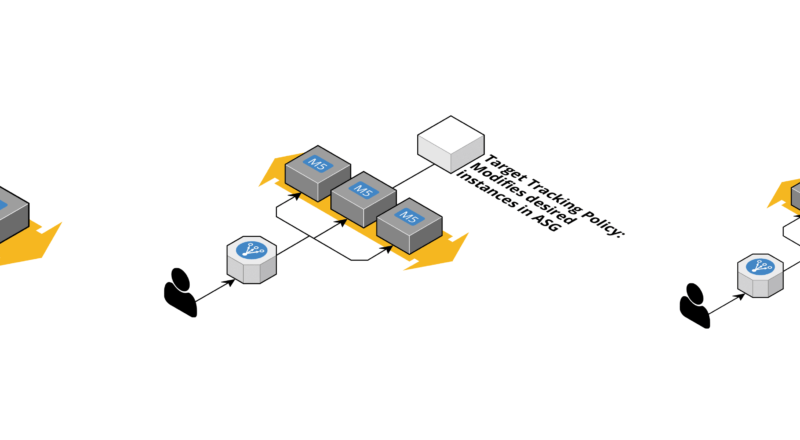Migrating workloads into the cloud — and specifically to AWS — comes with many advantages. You can operate workloads in new ways. When you only pay for what you use and add capacity within minutes, the world of auto-scaling opens up.
continue readingAWS Architecture Pattern for Scheduled & Serverless Batch Processing
Scheduled batch jobs are the heart of many business processes implemented by enterprise applications. Reports are generated daily, databases are optimized over the weekend, and business logic is executed nightly. The importance of batch jobs satisfies an investment into a reliable architecture to execute the jobs.
continue readingProgramming your CDN: CloudFront and Lambda@Edge
Minimizing the load time of your websites and applications is essential for two reasons. First, search engines rank websites based on page load times. Second, users are impatient and might cancel loading your application to jump to a competitor instead. That’s why content delivery networks (CDNs) became more and more popular since they came into existence in the late 1990s.
continue readingWhat Architects Need to Know About Networking on AWS
As an architect, you may not have thought too much about the network management before. At least that’s how it used to be for me. But since I’ve been designing architectures for AWS, network structure has become much more important to me.
continue readingWhat’s the CO² footprint of your architecture?
Fighting climate change is one of the biggest challenges of our days. When designing an architecture, there are many important factors to consider: security, reliability, performance and costs. I’d like to add another factor to that list: the CO² footprint.
continue readingUnusual AWS Architectures
AWS provides many building blocks. As architects, we have to choose the right building blocks to construct our systems. But sometimes, the proper building block is not available, and we have to make compromises. In this blog post, I show four unusual AWS architectures that deal with AWS’s limitations in creative ways.
continue reading




